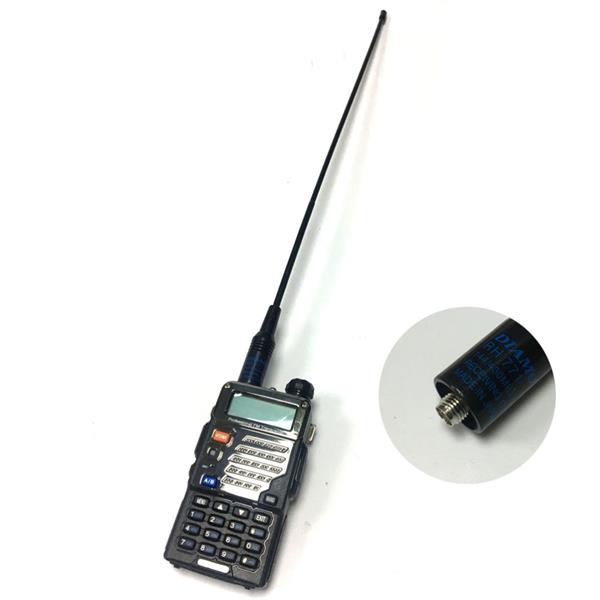So you want to become a Ham? Congratulations! You will find many kindred helpful souls online (called Elmers) that will be thrilled to help you along the path.
Ham licenses come in several versions, each progressing upon the next.
1) The basic ham license is the "Technician" license. Put simply, this license gives you the ability to listen and speak using 2 meter radios on most of the repeaters in your local area. Many inexpensive handheld radios fall into this category, and can be used for both repeater connections *and* radio to radio communications via simplex.
To get a technician ham license I suggest:
a) the ARRL study manual here: https://www.amazon.com/ARRL-Radio-License-Manual-Spiral/dp/1625950829
b) Download a Ham test taking app for your smartphone (Ham Test Prep: Technician). You might also check out http://hamstudy.org online.
c) Go check ke70g's Ham Youtube guides: https://www.youtube.com/playlist?list=PL07A7D1C9D7BF7F48 to help as you read your book.
d) schedule your test out about 4 weeks. http://www.arrl.org/find-an-amateur-radio-license-exam-session
e) join a local ham club (you don't have to pass first!) and try listening to some remote ham conversations online! You can often listen without a license online... example: https://web.psrg.org/listen/
2) The next license you can add is the "General" license. The General license gives you access to more advanced equipment that lets you listen and speak and communicate digitally across the US or even across the world using HF (high frequency radios) and their associated antennas.
To get the general ham license, I suggest (after you get your Tech license):
a) the ARRL General study manual here: https://www.amazon.com/ARRL-General-Class-License-Manual/dp/162595106X
b) Download a ham test taking app for your smartphone (Ham Test Prep: General). You might also check out http://hamstudy.org online.
c) Go check out ke70g's Ham Youtube guide for the general class license here: https://www.youtube.com/playlist?list=PL0R9jy9LZw_35KimLiSIOH0YdNtCeYcRe
d) schedule your test out about 4 weeks. http://www.arrl.org/find-an-amateur-radio-license-exam-session
e) Join a local ham club if you haven't already! And then go listen online to ham's working their HF skills here: http://websdr.k3fef.com:8901/ and whet your whistle on what you'll soon be able to do :) There's a bigger list here: https://www.hamradiosecrets.com/listen-to-ham-radio-online.html
3) The most advanced license you can add is now the "Extra" license. The Extra license gives you some special access to frequencies you might not otherwise have with the other two licenses. It also gives you bragging rights - because the test is too long to easily memorize. Hopefully by this point, you have both experience and knowledge about the foundational electronics, antenna work, power and frequencies involved. I am working on my extra license now - and hope to have it in the next month or two.
To get the extra ham license, I suggest (after getting your Tech and General license):
a) Get the ARRL Extra study manual here: https://www.amazon.com/Extra-Class-License-Manual-Spiral/dp/1625951310
b) Download a ham test taking app for your smartphone (Ham Test Prep: Extra). You might also check out http://hamstudy.org online.
c) Go check out ke70g's Ham Youtube guide for the extra class license here: https://www.youtube.com/playlist?list=PL0R9jy9LZw_3CHCH-5A8faeIA-H3e4ZNC
d) schedule your test out about 4 weeks. http://www.arrl.org/find-an-amateur-radio-license-exam-session
e) If you're a General license tech and don't have a peer group of hams, you're missing out. There are lots of specialty groups - tinkers, emergency comms, DX competition participants. Find your tribe. And you may also want to play with some of the new online tools that reduce the cost for playing on the ham airwaves. Check out some of the new Software Defined Radios (SD Radios), or online ham shack time that you can rent online for $100/year- folks like https://www.remotehamradio.com/pricing/






















